Do Birds Eat Ants? What You Need To Know!
Last Updated on
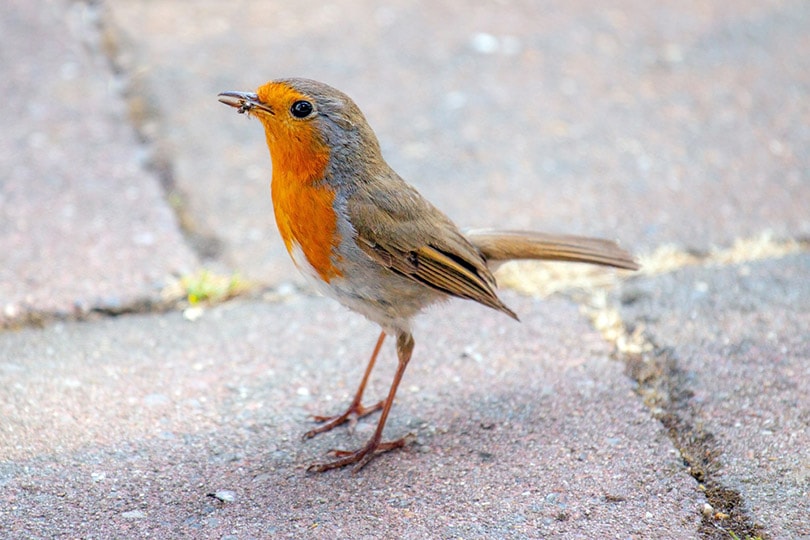
Bird lovers and owners worldwide wonder if birds eat ants, and a short answer is yes. Many bird species feed on ants and they are a valuable addition to a bird’s nutrition and diet. Ants can be a true delicacy for some birds, and since they are easy prey, birds can quickly catch them. They are filled with protein, and eating them helps birds to be strong.
We wanted to discuss this topic further, so today, we’ll talk about why do birds eat ants, which birds eat them, and provide more details about this strange feeding habit of birds.

Which birds eat ants?
There are plenty of birds that feed on ants. Most of them are smaller bird species since they are better at catching ants. Still, large birds also like to have ants in their nutrition.
- American Robin
- Northern Flicker
- Cedar Waxwing
- Song Sparrow
- Purple Martin
- Gray Catbird
- Wild Turkey

Below are some of the most common bird types that enjoy eating ants:
Mourning Doves and Pigeons
Mourning Doves need a lot of food throughout the day and eating ants help them get all the required nutrients in their diet. Many Mourning Doves concentrate their habitats around ant colonies to have easier access to feeding. These birds also eat other insects like bees.
Pigeons also consume ants on a daily basis. That’s because most of their habitats have an abundance of ants, so they can catch them effortlessly.
Hummingbirds
Hummingbirds are native to Central and West America, but they travel from state to state looking for food. Since they are small in size, they commonly choose small insects as their food since they are easy to catch. That’s why they love to eat and consider them a delicacy. Most hummingbirds eat over a dozen ants daily, which keeps them strong and healthy.
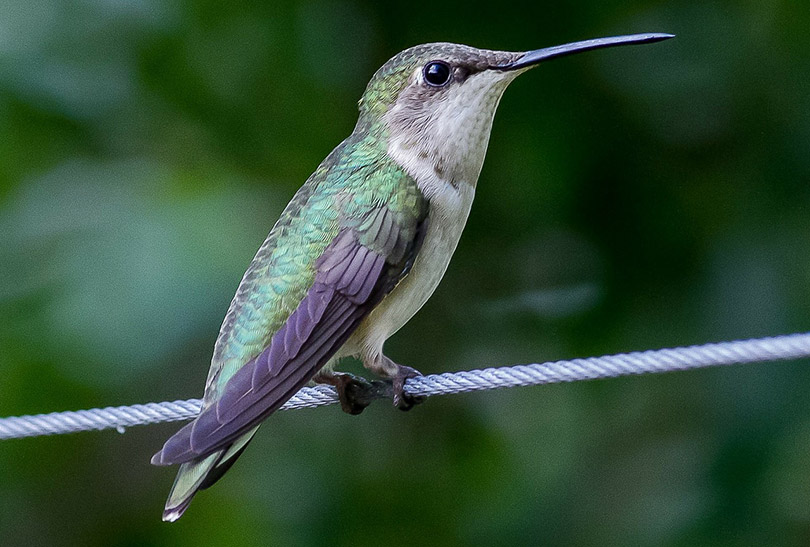
Woodpeckers
Woodpeckers are bird species that eat ants more often than any other bird. For most woodpeckers, ants make up over 50% of their regular diet. You can commonly spot them hunting for ants and eating their eggs in nature.
Some woodpeckers also feed on ants from cedar trees, and they can swallow over 100 ants at a time. They feed on fruits and seeds during wintertime when ants are hard to find.
Starlings
Starlings are birds that will eat almost anything edible, including ants. They commonly feed in large groups, sweeping insects, including ants and other minor bugs.
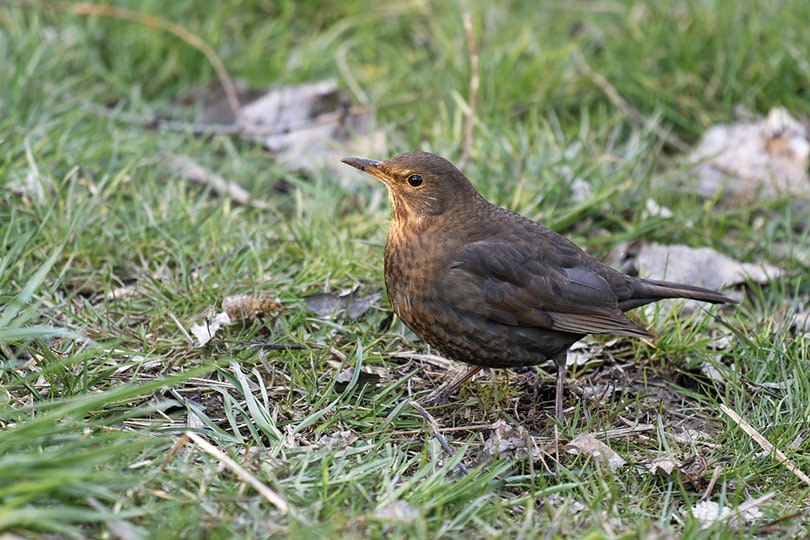
Sparrows
Sparrows are known for eating over a thousand ants per day. They commonly attack ant hills to capture a lot of ants quickly. Sparrows also eat other insects like worms, spiders, and caterpillars.
Some other bird species also eat ants, although not so frequently. These include:
- Crows
- Owls
- Ravens
- Bee-eaters
- Shrikes
- Hawks

What type of ants do birds eat?
The ants that birds eat mostly depend on their region, area, and habitat. Different regions bring unique species, so the birds mainly adjust to the ant type that lives in the same environment. You can see the most common ant types that birds eat below.
Flying ants
Many bird species consume flying ants every day. Some birds catch them while they’re in the air, while others catch them directly on the ground.

Black carpenter ants
These are the most common ant types that birds eat. Black carpenter ants are among the favorite foods for woodpeckers, sparrows, and sparlings.
Fire ants
Not many bird species consume fire ants, but some birds like the Purple Martin still find them a delicacy. You can commonly find them in the southern areas of the US, and their ant-eating habit is very convenient since fire ants release venom that is harmful to humans.

Black garden ants
These ants are widespread in gardens and houses, so they are easily accessible for birds to catch and eat. Many bird species feed on them because of their accessibility.
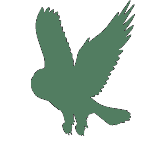
Why do birds eat ants?
Birds mostly eat ants because there are over a billion ants worldwide, so birds can find them on every corner. There’s never a shortage of them, and they’re easily accessible, so birds will often eat them. Although ants are tiny insects, they have a high protein level, iron, zinc, and magnesium. These nutrients, especially protein, are the key for birds to be strong and have developed muscles that help them fly.
If birds do not have enough protein in their diet, they can easily become unable to fly and have difficulties in their daily tasks. Also, zinc, iron, and magnesium can improve a bird’s well-being, help keep their heartbeat regular, and help with their blood circulation. Birds that don’t consume enough protein can become incapable of flying, and their muscles can weaken.

How do birds catch ants?
Many birds simply try to find ant colonies and catch ants there, although they also look for them on trees, plants, and other possible places where ants can occur. Some birds even have a strategy to follow ant colonies since that provides an opportunity to eat multiple ants at once.
Woodpeckers use their sticky tongue to grab ants from the ground, while others dig their beak into the soil to catch them. Birds that catch ants on the ground are in danger from larger predators, so birds prefer to feed on areas that are not on the ground.
Can eating ants be harmful to birds?
As said, ants contain many nutrients that are beneficial for birds and their development. Eating ants is not dangerous for birds, although some ants can harm birds in different ways.
For example, fire ants can invade birds’ homes and kill their nests. Also, ants will likely eat a dead bird if they see it lying on the ground. Fire ants can also sting baby birds or birds’ eggs, which can cause a lot of pain or even kill the baby bird.
If you have a pet bird, it’s best to ensure that there are no ants near your home. That way, you won’t have to worry about the potential problems that ants can cause.
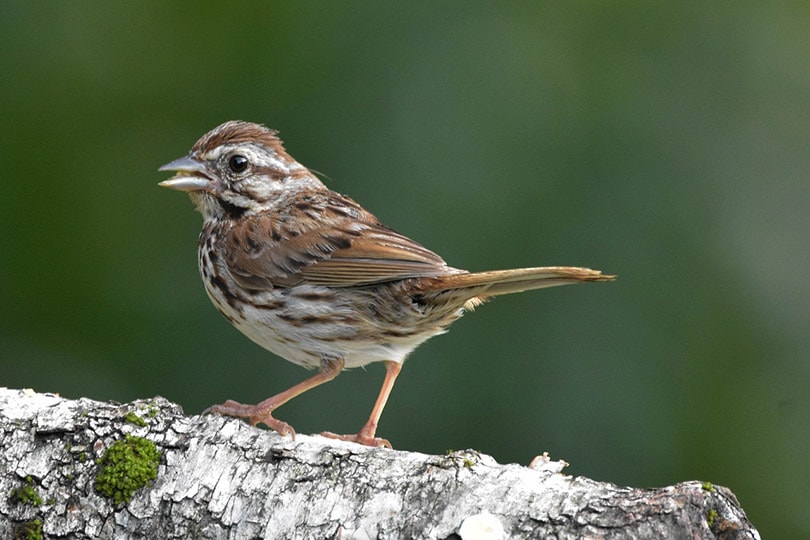
What will happen if my pet bird eats an ant?
Many bird owners wonder what would happen to their bird if it ate an ant. There’s no need to worry or panic if this happens since it won’t harm your bird. Pet birds are commonly not fans of eating ants as they already get the needed nutrients from the food you give them. So even if your pet bird eats an ant, it won’t be fond of eating ants regularly.
The only thing you should pay attention to is avoiding using ant-toxicants and insecticides to kill ants in your garden/yard. That’s just a precaution because if your pet bird eats an ant sprayed by one of these substances, it could have health issues. Also, pet birds are not used to hunting and catching insects since you provide them with food, so they won’t like it if they have to work too hard to get their next meal.
How to kill ants without harming birds?
If there are a lot of ants in your backyard or garden, it would be best to get rid of them. Still, you should ensure that your method will not be harmful to birds while you do that. Many pesticides we use to kill ants are harmful to birds, and other animals, so avoid them at all costs.
Safe ant-killing methods include using DIY solutions or insect growth regulators. They will stop new ant eggs from developing and decrease the ant population in your yard/garden. These solutions are completely safe for birds, so you won’t have to be afraid about your pet bird’s health.
Another great solution would be to attract ant-eating birds to your yard, and they will fix the ant problem for you.
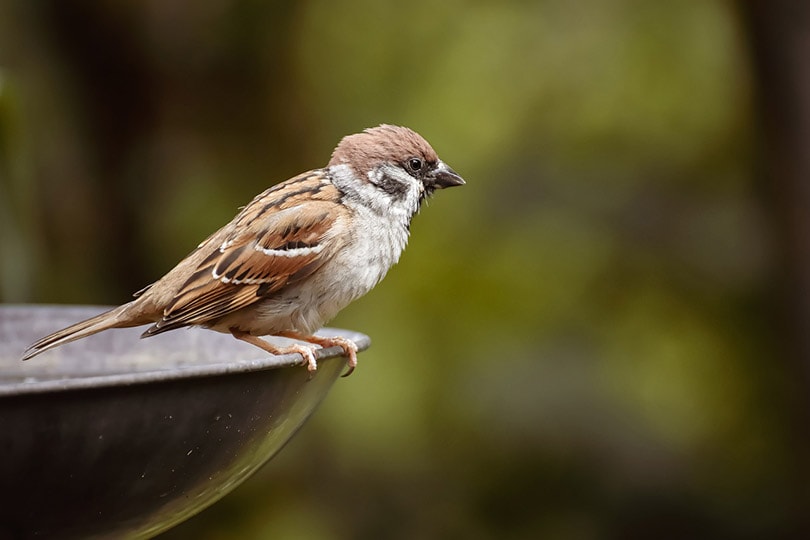
How to attract ant-eating birds to your yard?
- Hang a nesting box or a birdhouse
- Install a birdbath
- Plant trees, shrubs, and cover
- Make a compost heap
Try to create a shelter for wild birds, and provide water and food to attract them to your yard. Once they’re there, they will also feed on ants in your yard, which will be a win-win extermination method.

Conclusion
Since ants are so widespread, they are perfect prey for birds. As you can see, there are a lot of birds that eat ants, and this habit is very beneficial. This delicacy will make birds strong and help them develop their muscles. These birds can also help you resolve an issue with too many ants in your backyard or any other outside home area.
Featured Image Credit: Wirestock Creators, Shutterstock
About the Author Robert Sparks
Robert’s obsession with all things optical started early in life, when his optician father would bring home prototypes for Robert to play with. Nowadays, Robert is dedicated to helping others find the right optics for their needs. His hobbies include astronomy, astrophysics, and model building. Originally from Newark, NJ, he resides in Santa Fe, New Mexico, where the nighttime skies are filled with glittering stars.
Related Articles:
What Is the Best Binocular Magnification for Hunting? Optical Features Explained
Can You Use Binoculars to Look At Stars? How to Choose the Right Pair
10 Types of Hummingbirds in Arkansas (With Pictures)
8 Types of Hummingbirds in Nebraska (With Pictures)
5 Types of Hummingbirds in Idaho (With Pictures)
3 Types of Hummingbirds in Mississippi (With Pictures)
8 Types of Hummingbirds in Kansas (With Pictures)
5 Types of Hummingbirds in West Virginia (With Pictures)
